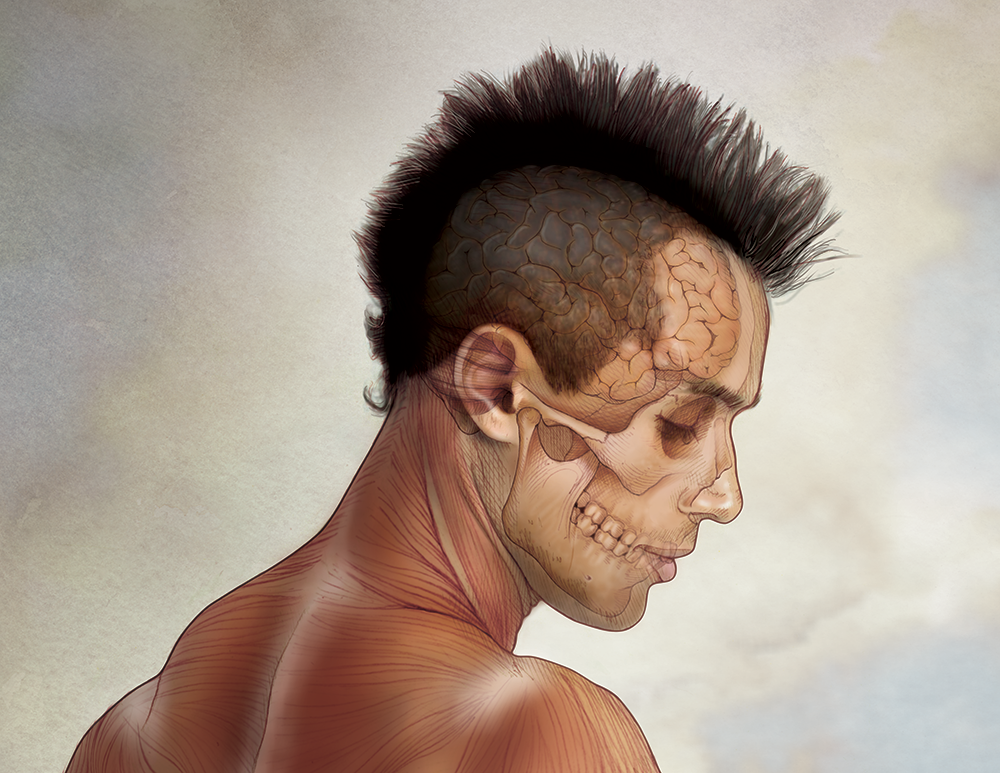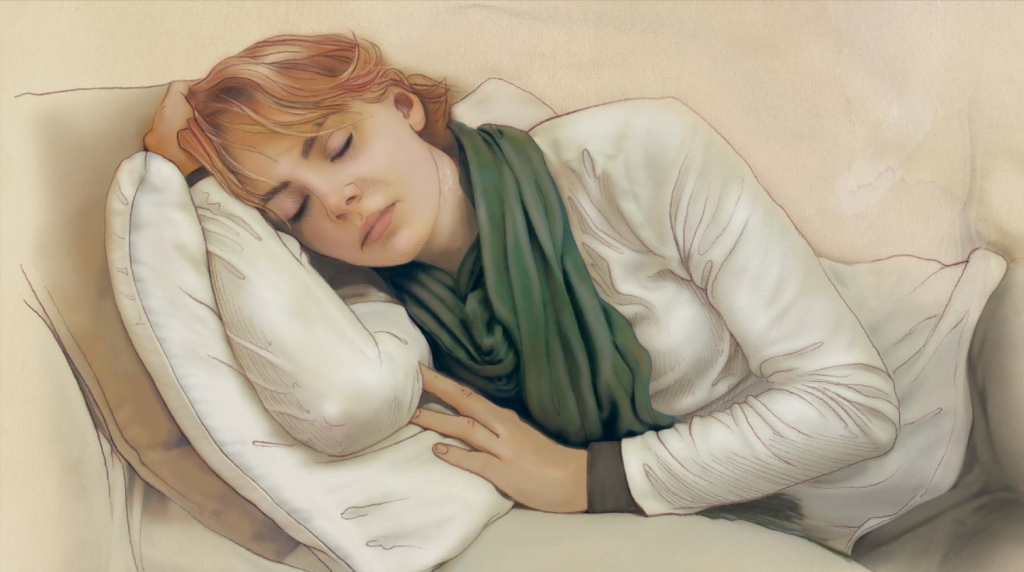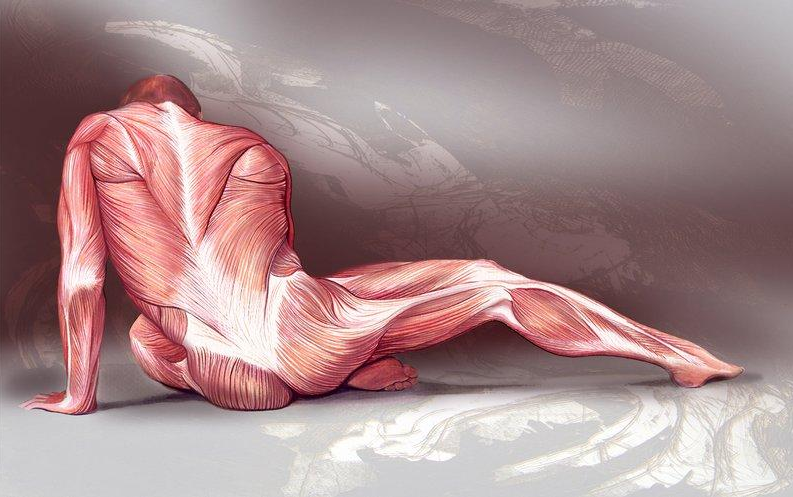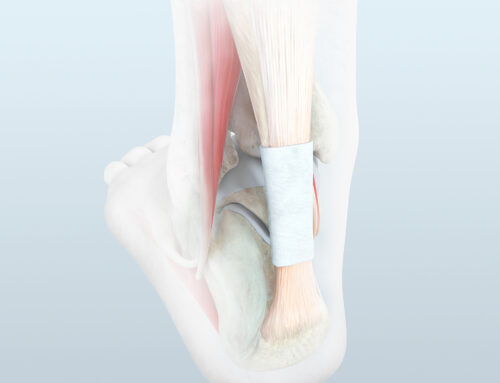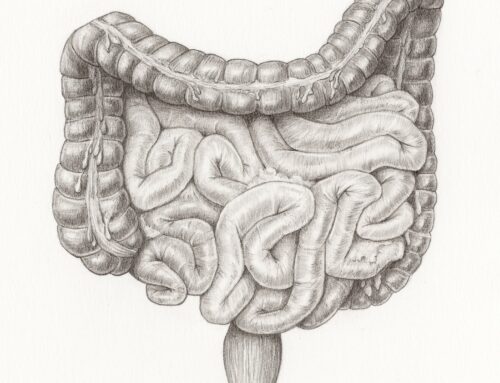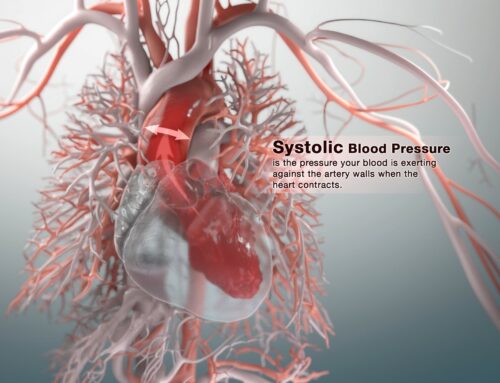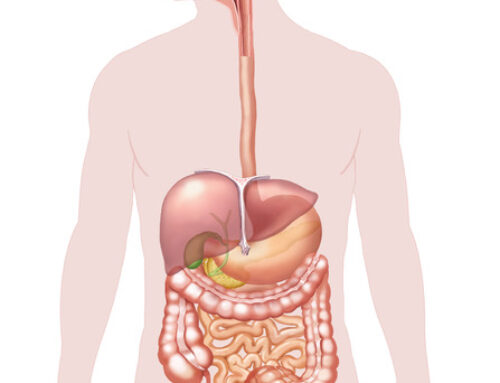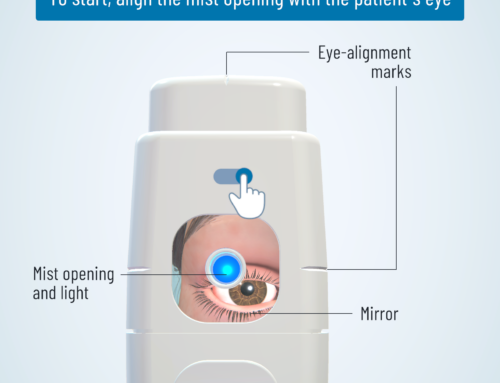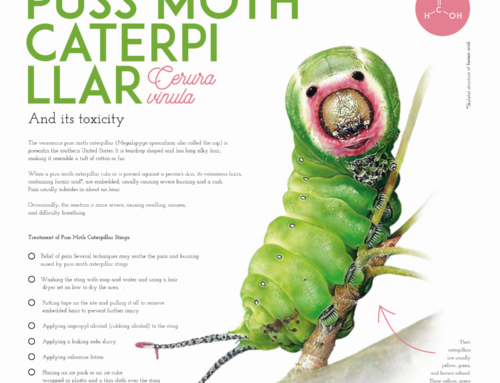Image ©Michele Graham, CMI
Medical illustrator Michele Graham is internationally recognized for her appealing, clear, and technically exact medical artwork.
For the past 17 years, she has been creating traditional and digital illustrations for legal exhibits, medical journals, medical and pharmaceutical marketing companies and universities across the country and abroad.
Michele holds two graduate degrees – a Master of Fine Art in Printmaking and a Master of Science in Anatomy with a concentration in Medical Illustration. With these credentials and more than a decade of teaching experience under her belt, Michele has gained valuable knowledge and expertise that allows her to successfully and accurately work within the field of medical illustration.
Currently based in Colorado, she illustrates medical concepts, procedures and anatomy. Michele’s work communicates important medical information through realistic reproductions and creative representations; combinations of pencil, watercolor and digital techniques bring each page to life with artistic engagement and meticulous detail.
Michele has worked with a long list of reputable clients, including Genzyme Corporation, Google, Columbia University, Opsens Inc., the Royal Pharmaceutical Society of Great Britain and others.
Since 1997, she has been a member of the Association of Medical Illustrators, an organization that promotes the highest levels of competency, professionalism and ethics among its members.
We caught up with Michele recently to discuss her career as a medical illustrator, to talk about what role the Medical Illustration Sourcebook has played in increasing her exposure and to hear her advice for emerging professionals.
Why did you choose to pursue medical illustration as a career?
I began college as an art major and saved the dreaded science courses until the very end. I used to peek into the anatomy lab in horror and when it finally came time to take those science credits I signed up for anatomy, just so I could get a better look. I loved it and wound up teaching it!
You’re a Board Certified Medical Illustrator. Tell us more about the certification process and why it’s important?
I am Board Certified out of respect for my profession and the desire to learn. Taking the Certification credits is rewarding and downright fun. The process makes me realize where I am rusty and I focus my credits in those areas.
Overall, I believe learning is a privilege and I enjoy every minute of it. I also like interacting with pre-med and art students who are just beginning their careers!
How do you typically prepare for Certification?
Preparation for Certification comes as a day to day process, keeping notes as to the direction I want the certification to go. For the arts, I lean on drawing from life and printmaking. I am a serious intaglio print-maker and my prints and drawings are always on my mind. Sometimes I bring another print-maker in to ‘breathe new life’ into the studio. Fresh ideas always come about. With regard to the sciences, anatomy is my first love. I study bones and pay a visit to the anatomy labs; never a dull moment in there. For Certification this year I plan to audit an anatomy lab!
You taught at Colorado State University for 12 years and the College of the Marshall Islands for 5 years. What did you take away from these experiences?
I love the students. I love to challenge them. In Micronesia, the curriculum had to be taught in creative ways in order to reach the students. We didn’t have cadavers so I organized spay and neuter clinics for introductory OR experience and brought in 100 lb. sharks that had been trapped in the fishing nets. The students looked at the internal organs in a new way as we identified structures. In art, we put on puppet shows of traditional island legends, we painted murals and made posters for the World Health Organization!
At Colorado State University classes were rigorous. One of my jobs was to coordinate the laboratories and to design independent study projects. These projects were always eye-opening and guaranteed to triple the student’s enthusiasm for anatomy. Two of my favorites; photographic record of the foot dissection and structure of the inner ear. These subjects are like landscapes to me, on the cellular and gross levels. My entire thesis for my Master of Fine Art was based on abstractions of bones and landscapes of tissues. Artistically the subject matter is endless!
Tell us about some of your memorable projects.
One of my favorites was working on a 3 year project with a pharmaceutical company who works exclusively on rare diseases. The project has involved creating large panels for trade shows and I feel like I am involved with a great mission. Another favorite was working on magazine covers and a Health App.
As far as challenging projects, taking a gross region of the digestive tract and making it beautiful was definitely memorable for me.
Mohawk Man depicts the anatomy of the head and neck. Tell us more about this piece and your creative process.
The Mohawk Man illustration was created for my personal portfolio. He was inspired by the art students with their abstract regalia and the serious side of the anatomy discipline.
My process begins with working with the model, sketching, photographing and gathering reference material. I create multiple pencil sketches and sometimes wash drawings. I then transfer pencil drawings into Photoshop and apply color.
You create a lot of anatomical work. What do you use as models?
I have numerous plastic models of anatomy and lots of bones in my studio. I also have an extensive library of reference materials.
What kind of direction are you typically given on a project?
The direction given to me regarding a new illustration is the identification of the anatomy/disease process. The desired outcome usually develops as I go along as I am usually turned loose with the project. My clients will give feedback along the way and this leads to the final illustration.
What role would you say the Medical Illustration Sourcebook has had in helping you advance your career?
The Sourcebook has been the kingpin to my exposure as a medical illustrator. I say this because nine times out of ten my new clients tell me that is where they found me. I have used other advertising and have had only a small following. MISB is largely responsible for the success I am experiencing. I am delighted to be a part of the program.
Any words of wisdom for emerging medical illustrators?
Get your master’s degree, always draw from life, buy a skeleton and exercise.

